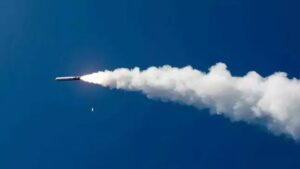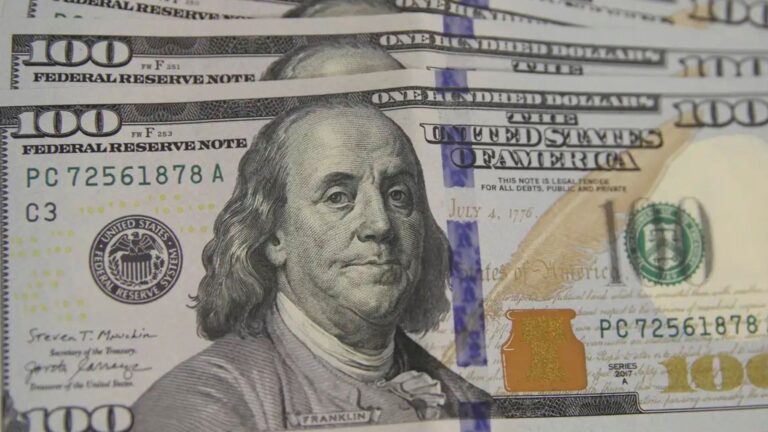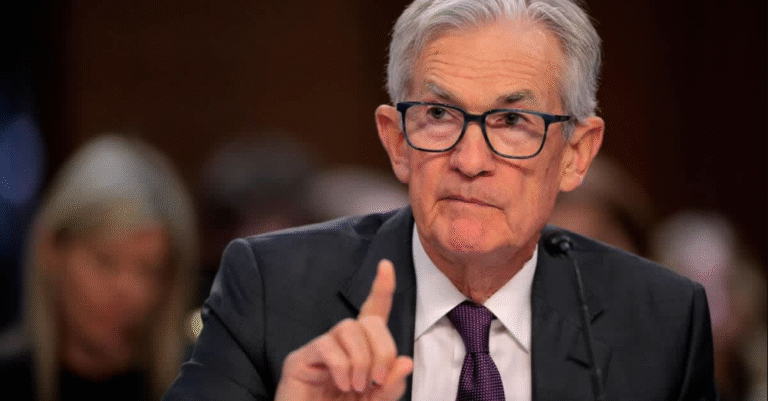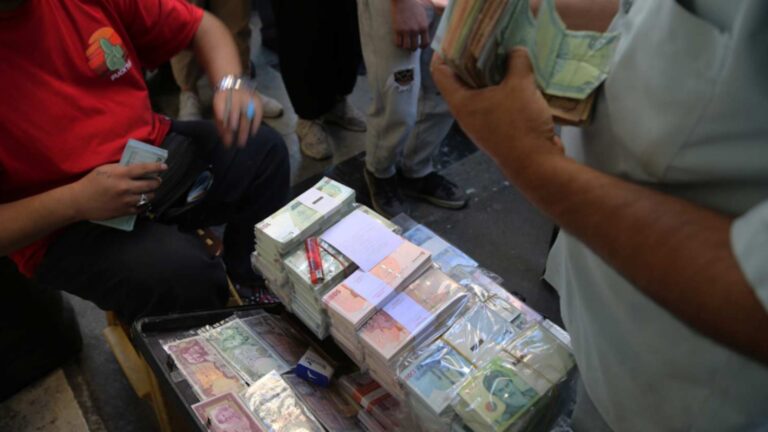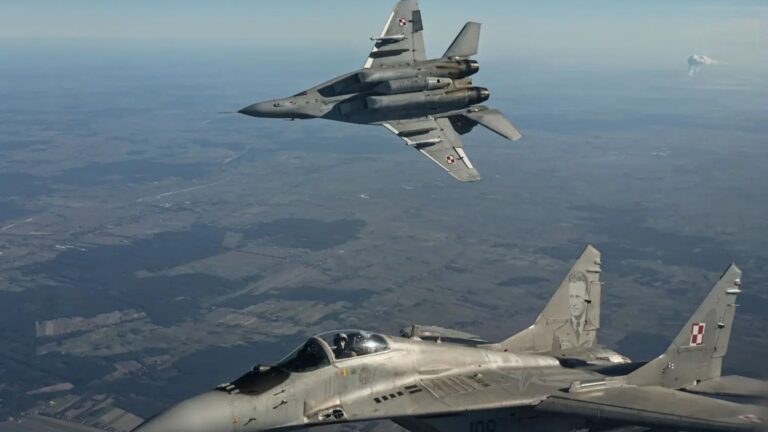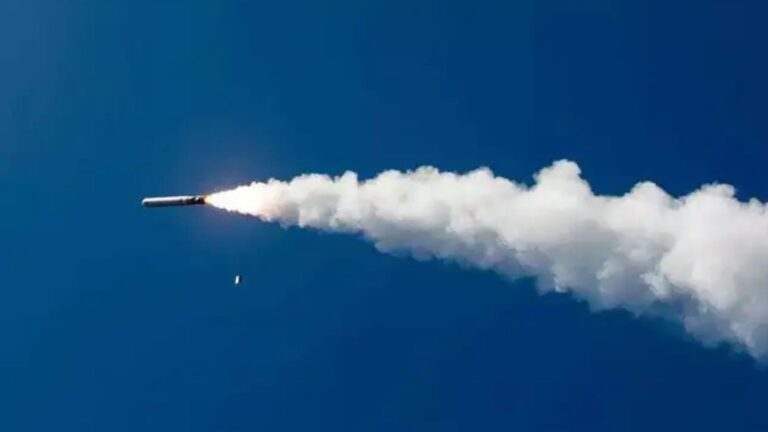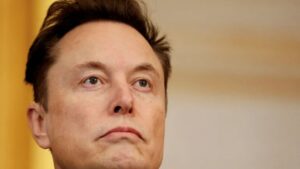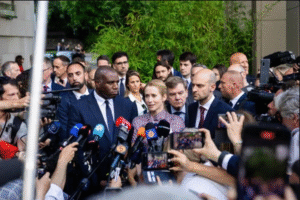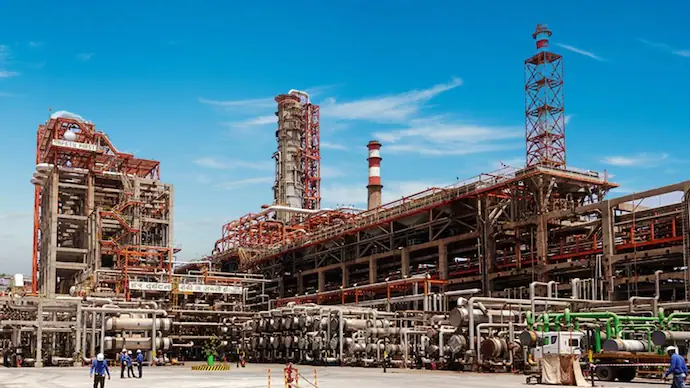
India’s Finance Minister, Nirmala Sitharaman, announced on Friday that New Delhi will continue purchasing Russian crude oil, despite facing unprecedented U.S. tariffs of 50%. The government is planning economic reforms to cushion the blow from Washington’s tough trade measures.
In an interview with CNN-News18, Sitharaman stressed that India, the world’s third-largest oil consumer, will base its energy decisions strictly on national interest. “Whether it’s Russian oil or another source, our choices will depend on what benefits us most in terms of price and logistics. There is no doubt we will keep buying Russian crude,” she stated.
This firm stance comes after President Donald Trump imposed a 50% tariff on Indian products at the end of August, made up of a 25% “reciprocal” tariff and an extra 25% penalty specifically targeting India’s Russian oil imports. The Trump administration claims these imports support Moscow’s military operations in Ukraine.
Rising Discounts Deepen India-Russia Oil Ties
Despite U.S. pressure, Russian oil producers are giving Indian buyers even larger discounts. Urals crude is now being offered at $3–$4 per barrel below Brent for September and October shipments, compared to just $1 off per barrel in July.
Bloomberg reports that this marks a significant increase from last week’s $2.50 per barrel discount. In contrast, American crude sold recently to Indian refineries carried a $3 premium over Brent, making Russian oil far more attractive financially.
Indian refiners resumed purchases after a brief pause in early August. Between August 27 and September 1, state and private processors received 11.4 million barrels of Russian oil, according to Kpler shipping data. Currently, Russia accounts for about 36% of India’s total oil imports, up from less than 1% before the conflict in Ukraine.
Modi Shifts Diplomacy Toward Moscow and Beijing
Escalating trade tensions have accelerated India’s realignment away from Washington. Prime Minister Narendra Modi demonstrated solidarity with Russian President Vladimir Putin and Chinese President Xi Jinping at the Shanghai Cooperation Organization summit in Tianjin earlier this week.
Modi was seen walking hand-in-hand with Putin to greet Xi, with all three leaders smiling and laughing together—an image analysts saw as a pointed message to the Trump administration. Modi also took an hour-long ride in Putin’s armored limousine, with Russian state media highlighting their “friendly, trusting” relations.
“The message remains the same,” said senior Chatham House researcher Keir Giles, noting the U.S. “gave India a real reason to seek new friendships and alliances elsewhere”.
Economic Impact and Government Response
Sitharaman acknowledged the potential harm from Washington’s tariffs, but outlined plans to limit the damage through reforms to the Goods and Services Tax and targeted support measures. She said the government is preparing a relief package for exporters affected by the steep U.S. tariffs.
The tariffs threaten India’s $87 billion in annual exports to the U.S., with trade groups warning that 55% of shipments could be at risk—especially for small and midsize businesses in clothing, jewelry, and chemicals.
Trump adviser Peter Navarro defended the tariffs, arguing that India “refines [Russian oil] and then sells it at a premium to Europe, Africa, and Asia, fueling Russia’s war machine.” New Delhi maintains its purchases are compliant with international sanctions and help stabilize global energy markets.
With the standoff ongoing, India shows no sign of backing away from its energy security priorities, and traders expect purchases of Russian oil to rise another 10–20% this month, even amid U.S. pressure.


